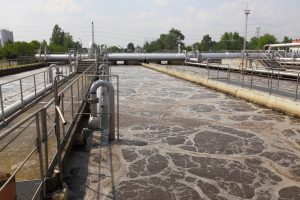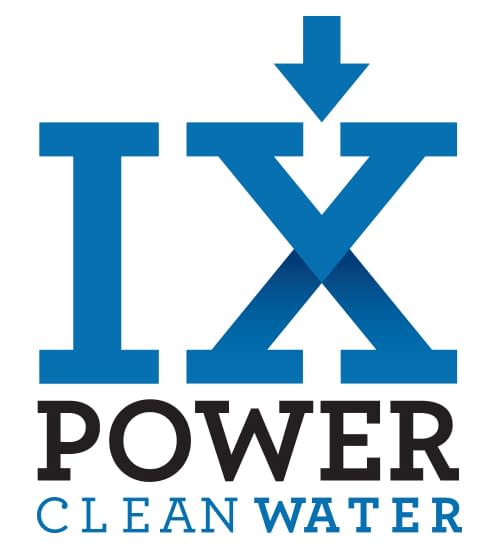
According to a 2009 article in the New York Times, “Twenty-one power plants in 10 states, including Alabama, Kentucky, North Carolina and Ohio, have dumped arsenic into rivers or other waters at concentrations as much as 18 times the federal drinking water standard.” The piece also reports that these plants are dumping chemicals in addition to arsenic into water at dangerous levels.
This waste is the result of attempts to reduce pollutants in the air we breathe. Sulfur dioxide is one of the most common emissions from fossil-fuel power plants. It is also one of the key components in acid rain. In order to reduce this dangerous by-product of power production, many plants have installed “wet scrubber systems.” Streams of water are used to circulate through cleaning systems and then acidic water is discharged, containing high levels of impurities like gypsum, TDS, TSS, heavy metals, chlorides, and sometimes even dissolved organic compounds.
Some power plants put the discharge water through minor treatments in order to lessen the pollutants. But most often, further treatment is needed to return the water to safe levels. Tens of thousands of gallons of polluted water is dumped into the nation’s waterways every day. With the scarcity of clean drinking water, is this truly the best way to treat water we need?
Ellie Cabell
Source: https://www.nytimes.com/2009/10/13/us/13water.html
